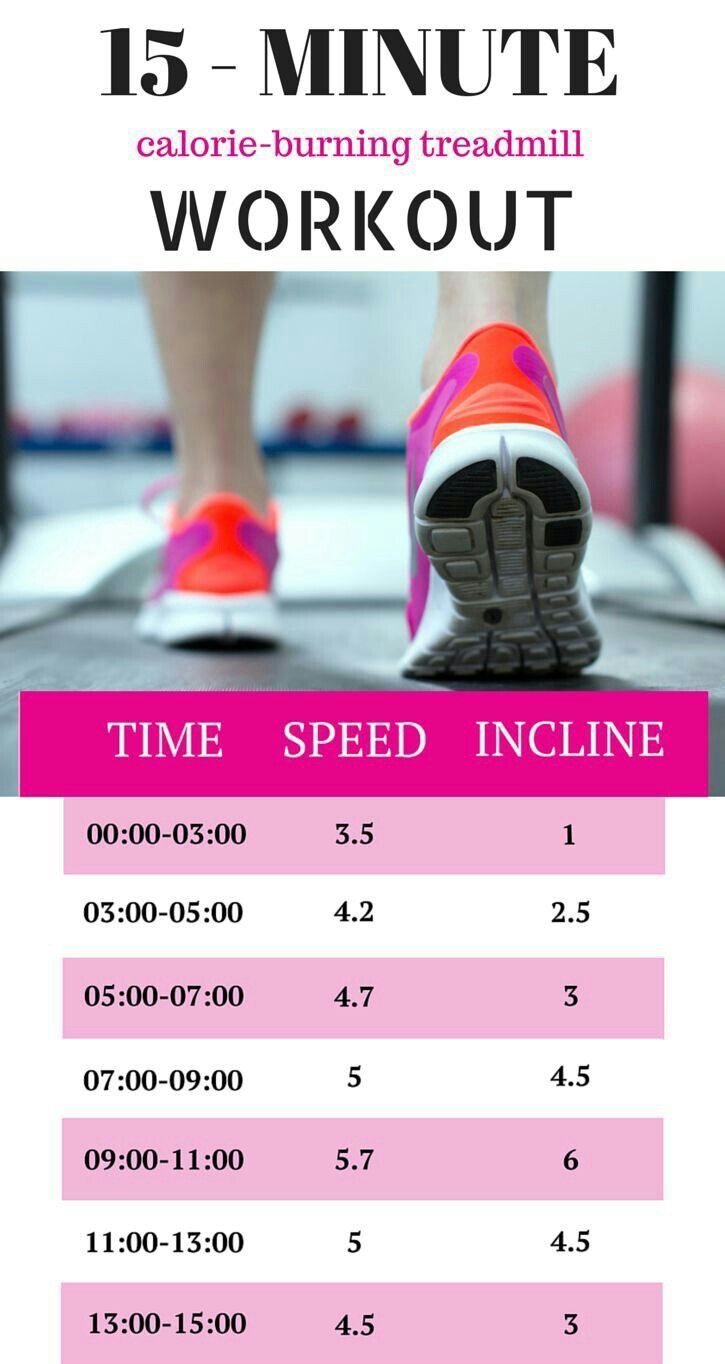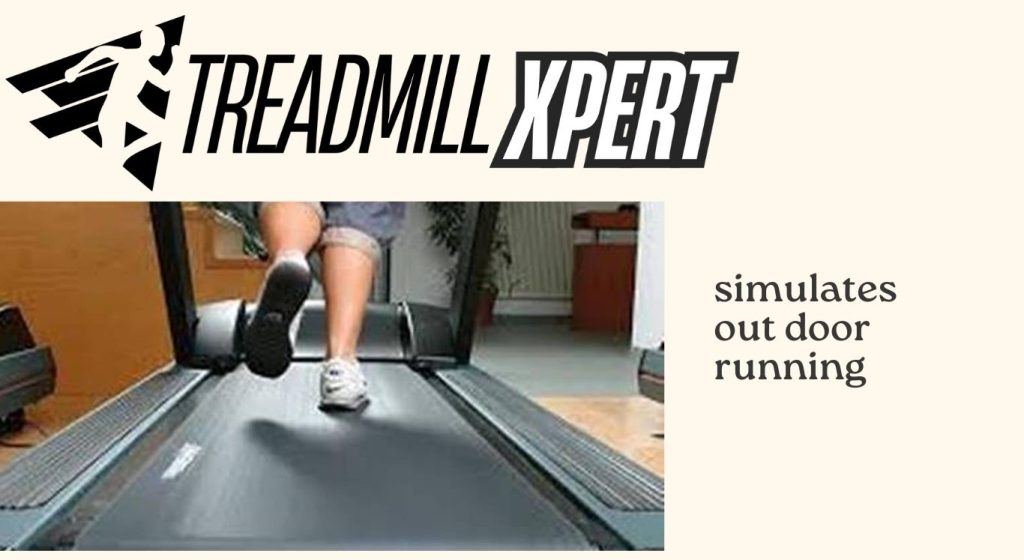What Is Effective Incline Treadmill Simulates Outdoor Running?
Treadmills are convenient for indoor cardio, but with the right incline settings, they can effectively simulate outdoor running. Outdoor terrain includes hills, slopes, and natural resistance — features that treadmills can mimic with adjustable inclines. If you’re training indoors but want to recreate the feel of running outside, learning how to use incline settings effectively is key.
Flat Road Running Simulation
Ideal Incline: 0–1%
A treadmill set to 0% incline may feel easier than running outdoors due to the moving belt. For a more realistic feel:
-
Set incline to 1% to compensate for the lack of air resistance.
-
Best for flat road simulation, warm-ups, and recovery runs.
-
Great for beginners easing into treadmill use.
Trail Running Simulation
Ideal Incline: 3–5% (Moderate Trail), 6–8% (Challenging Trail)
Outdoor trails vary in steepness, so simulating trails on a treadmill depends on the incline range:
-
3–5% incline mimics gentle trail gradients.
-
6–8% incline simulates steeper trails for a more intense workout.
-
Alternate incline settings during your run to mimic changes in terrain.
Hilly Terrain Simulation
Ideal Incline: 8–12%
To mimic the ups and downs of hilly terrain:
-
Start at 8% and increase up to 12% for more resistance.
-
Alternate between inclines and speeds to simulate natural hill running.
-
Include downhill breaks by lowering incline or walking between intervals.
Marathon Training Simulation
Ideal Incline: 1–3%
Even though most marathons are run on relatively flat roads:
-
Running at a 1–3% incline prepares your joints and muscles for the repetitive stress of outdoor pavement.
-
Helps simulate long-distance outdoor efforts in a controlled indoor setting.
-
Combine with long treadmill runs to simulate marathon pacing.

Sprinting and Speed Work Simulation
Ideal Incline: 0–2%
Sprinting on a treadmill requires safety and control:
-
Use 0–2% incline when performing high-speed sprints.
-
Helps simulate outdoor speed sessions while minimizing injury risk.
-
Avoid high inclines at fast speeds — they can increase the risk of strains or falls.
Challenging Workout Simulation
Ideal Incline: 10–15%
To intensify your cardio or calorie burn:
-
Set incline between 10–15% for a hard hill climb simulation.
-
Keep speeds moderate — incline increases difficulty quickly.
-
Great for building strength and endurance, especially in glutes, calves, and hamstrings.
Guidelines for Beginners
Best Incline Settings for New Users
If you’re new to treadmill running or walking:
-
1–3% incline is ideal to add mild resistance.
-
2–5% incline is manageable yet more challenging for stronger leg development.
Outdoor Options for Beginners
-
Choose flat outdoor routes to build cardio capacity.
-
Add small hills or rolling paths once endurance improves.
-
Alternate treadmill and outdoor runs to ease into incline training.
Differences Between Treadmill and Outdoor Incline Running
Consistent Terrain vs. Natural Variation
-
Treadmill inclines are constant unless adjusted manually or by a program.
-
Outdoor terrain changes naturally, which engages more muscles.
Impact Forces on Joints
-
Treadmills offer more cushioning than concrete or trails.
-
Outdoor surfaces create greater impact, which may lead to joint pain.
Muscle Recruitment
-
Outdoor inclines require greater balance and muscle engagement.
-
Treadmills work fewer stabilizing muscles due to flat surface and belt assist.
Air Resistance
-
No wind resistance indoors, so the treadmill workout can feel easier.
-
Adding a 1% incline can help replicate outdoor wind resistance.
Mental Engagement
-
Outdoor runs require more focus and balance.
-
Treadmill runs can be monotonous without visual variety or changing terrain.
Speed Control
-
Treadmills allow precise speed and incline control.
-
Outdoor speed naturally fluctuates with terrain and conditions.
Downhill Running Limitation
-
Most treadmills don’t support negative inclines.
-
Outdoor running engages different muscles on declines, which is harder to simulate.
Environmental Factors
-
Outdoor running boosts mood through scenery, air, and sunshine.
-
Treadmills are climate-controlled but lack environmental stimulation.
Pros and Cons of Treadmill Inclines for Patients
Pros
-
Controlled speed and incline improve safety.
-
Easier monitoring of heart rate and physical responses.
-
Indoors offers climate consistency and immediate help if needed.
Cons
-
Repetitive treadmill motion may stress joints or old injuries.
-
Boredom or mental fatigue may discourage long-term use.
Outdoor Running for Patients
Pros
-
Fresh air and changing views improve mental well-being.
-
Outdoor terrain builds balance and joint stability.
-
Often lower impact at the same speeds due to natural stride.
Cons
-
Risk of injury from uneven ground or weather conditions.
-
Harder to track vitals during outdoor runs.
-
Higher safety risks if running alone or in unfamiliar areas.
Tips for Effective Incline Running
Start Conservatively
-
Begin with lower inclines and short sessions.
-
Increase gradually as your fitness and strength build.
Use Built-In Programs
-
Many treadmills include hill or trail training programs.
-
These automatically adjust incline to mimic outdoor terrain variability.
Combine Both Environments
-
Mix treadmill and outdoor runs to enjoy the benefits of both.
-
Use the treadmill during bad weather or recovery days.

Common Related Questions
How Long Should Sprints on the Treadmill Be?
-
Beginners can start with 15–30 seconds of sprinting, followed by 1-minute rest.
-
Repeat 4–6 times per session.
-
Keep incline at 0–1% for safety and control.
How Do You Clean a Treadmill?
-
Unplug before cleaning.
-
Wipe down the belt and console with a damp cloth and mild soap of treadmills.
-
Use a vacuum around the motor and under the treadmill once a month.
-
Lubricate the belt every 3–6 months or as per manufacturer instructions.
How to Dispose of a Treadmill?
-
Sell it on platforms like Craigslist or Facebook Marketplace.
-
Donate to gyms, charities, or community centers.
-
Recycle metal and electronic parts at a local recycling facility.
-
Repurpose it into a desk, furniture, or art project.
Conclusion
Using the correct incline on your treadmill can effectively simulate outdoor running, whether you’re training for a marathon, tackling hills, or just trying to stay active indoors. A 1–3% incline mimics flat terrain, while higher inclines (6–12%) replicate trails and hills. Always start low and adjust gradually based on your fitness level and goals.
For a complete experience, combine treadmill incline training with outdoor runs to enjoy both the control of the treadmill and the natural benefits of the outdoors.
